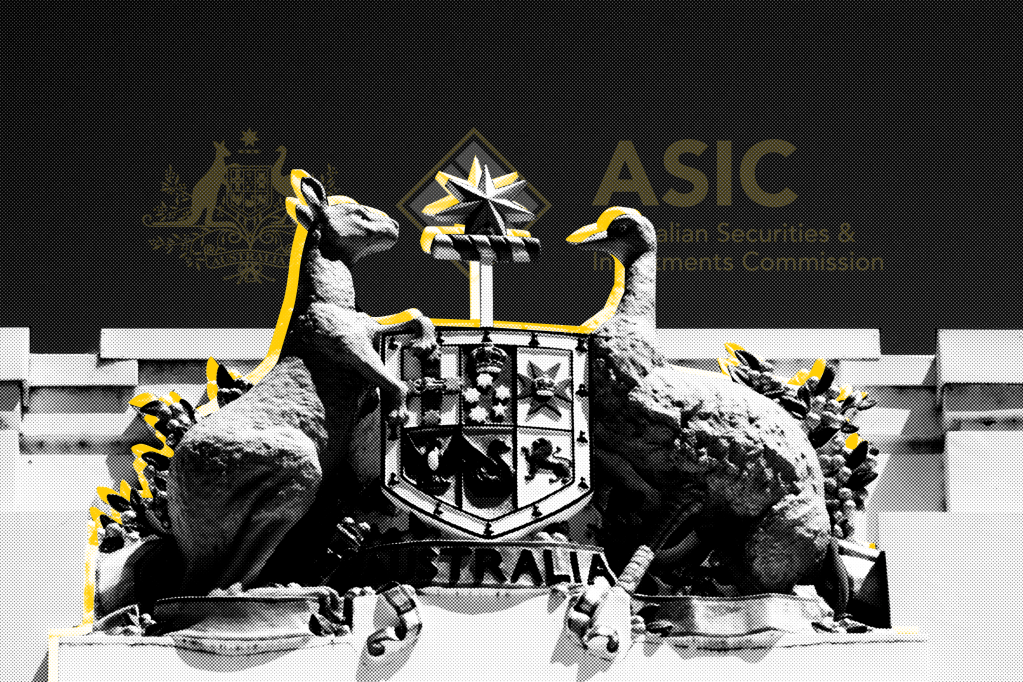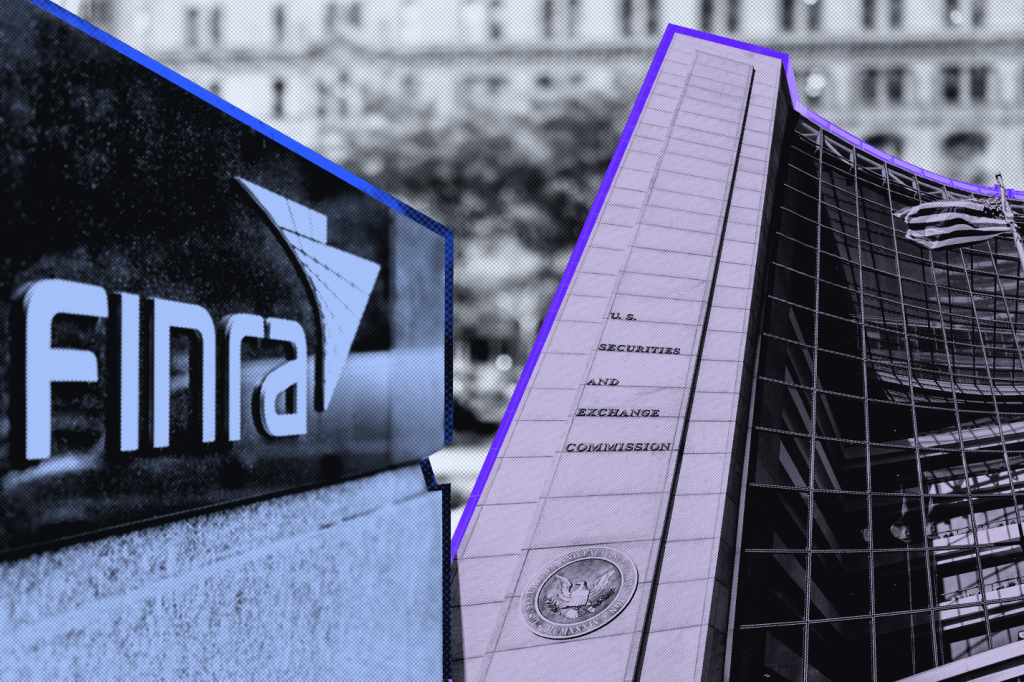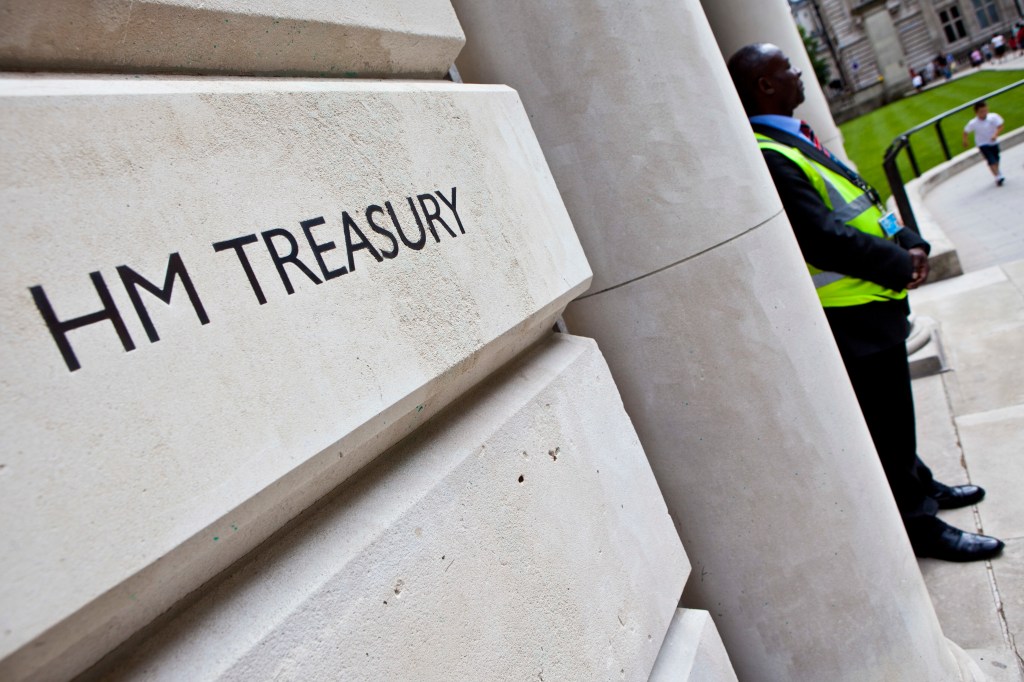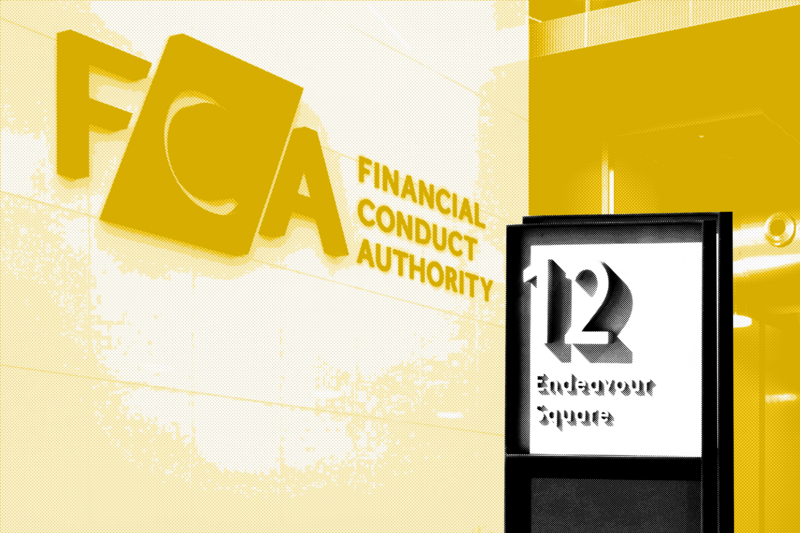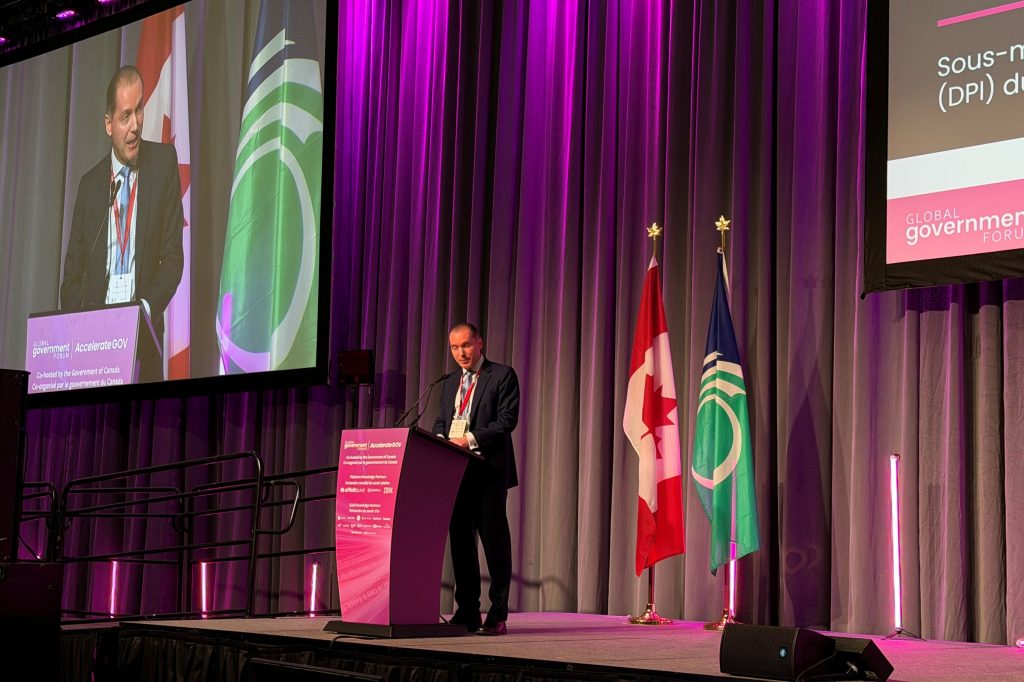The first quarter of 2025 delivered a stark message to the ESG investing world: the era of broad promises may be over.
A recent report from Morningstar, revealed that global sustainability funds endured their “worst quarter on record,” registering net outflows of a staggering $8.6 billion. This sharp reversal from
Perhaps most
Register for free to keep reading
To continue reading this article and unlock full access to GRIP, register now. You’ll enjoy free access to all content until our subscription service launches in early 2026.
- Unlimited access to industry insights
- Stay on top of key rules and regulatory changes with our Rules Navigator
- Ad-free experience with no distractions
- Regular podcasts from trusted external experts
- Fresh compliance and regulatory content every day



